Though almost everyone has heard of varicose veins, spider veins are less known by the general public. They are blue or purple veins that can develop on a person’s legs, ankles, and the backs and inner parts of the thighs; sometimes, they can even appear on the face. They’re smaller than varicose veins, but they are always unwanted. They pose a problem for many individuals, and it’s worth knowing what they’re all about.
What Causes Spider Veins?
Spider veins are caused by the same things as their relatives, varicose veins. Their activators are weak or damaged valves in the veins. Blood pools in the affected area, causing the veins to show up under the skin. These veins can bring about itching, burning, and tenderness in the area they’re found in. They’re also a result of when an issue with a vein causes the blood to flow in the wrong direction, causing the vein to twist and dilate.
What is the Difference Between Varicose Veins and Spider Veins?
Varicose veins protrude through the skin. However, this is not the case with spider veins. Likewise, varicose veins are more than 3mm in diameter, whereas spider veins are smaller. .
How Can You Get Rid of Spider Veins?
There are a number of different ways to get rid of spider veins. A treatment known as sclerotherapy, which involves a simple injection, is believed to be the most effective, and for good reason. During this treatment, a special solution is skillfully injected into the problematic veins. This ultimately causes the veins to close and gradually fade from view.
These veins can be treated quickly, and the treatment itself could last only minutes. Treatments are performed in the comfort of our office, and there is no set downtime. This means patients can resume most all of their normal activities after the treatment session.
Contact Us
Spider veins aren’t the same as varicose veins. However, that doesn’t mean they’re any less unwanted. They’re caused by the pooling of blood that results from weak or damaged vein valves, and they can result in itching, burning, and tenderness. However, they are very treatable. Treatment is designed to be easy and hassle-free, even for those with busy schedules.



